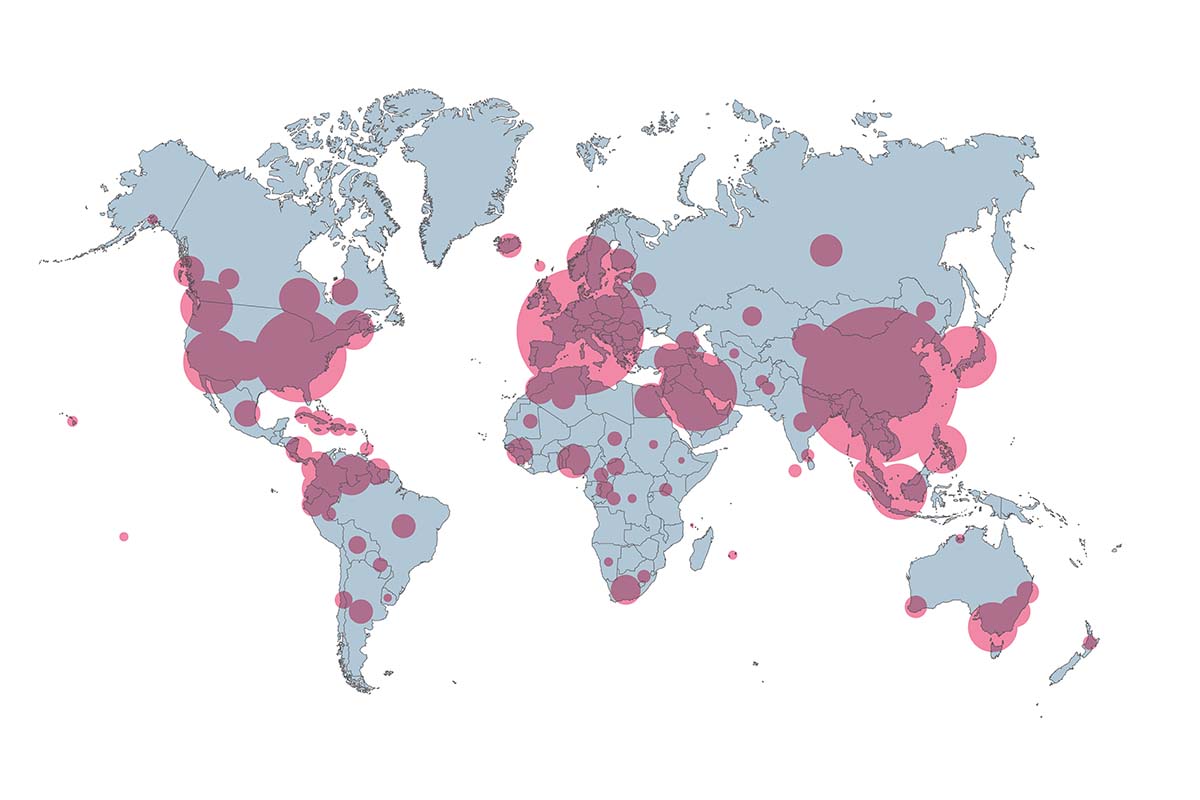Phylodynamics: a virus “profiler”
An article published in Le Monde on April 22 tells us more about a recent but particularly valuable discipline in Covid-19 research: phylodynamics. Among its references is Samuel Alizon, a researcher at the University of Montpellier.

"The idea behind phylodynamics is that the way viruses spread leaves traces in their genome," summarizes Samuel Alizon, a researcher at the University of Montpellier in the Infectious Diseases and Vectors Ecology, Genetics, Evolution, and Control (Mivegec) laboratory, in an article entitled:"Phylodynamics: another way to track the coronavirus,"published in Le Monde on April 22. These traces are tiny, and the community of phylodynamics experts tracks them by analyzing the thousands of DNA sequences of the virus that are now available.
The goal? To answer the countless questions raised by this pandemic. Where did this virus come from? When did it infect humans? How quickly is it spreading? How many people are potentially affected? These are all essential questions that need to be answered in order to better understand the virus and therefore anticipate its evolution. The Montpellier-based researcher is analyzing these questions with the help of mathematicians from LIRMM in particular, and more specifically using the PhyML software developed by Vincent Guindon (read: PhyML, Montpellier-based software to track the Covid-19 epidemic).
A fascinating and insightful article in Le Monde, in which internationally renowned scientists help us better understand the importance of this discipline, which did not even exist 20 years ago. Not to mention the necessary precautions that must be taken when analyzing data from this highly subtle science.